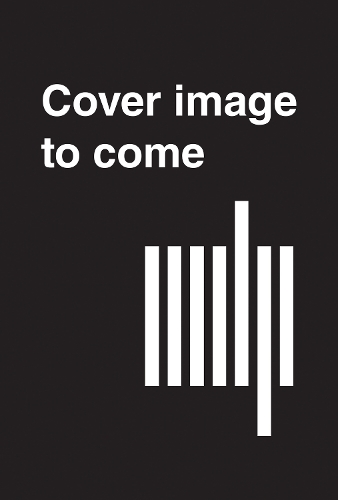
The World According to Military Targeting
(Paperback)
Publishing Details
The World According to Military Targeting
By (Author) Erik Reichborn-Kjennerud
MIT Press Ltd
MIT Press
1st July 2025
United States
Classifications
General
Non Fiction
355.4
Physical Properties
Paperback
288
Width 152mm, Height 229mm
Description
A revealing account of the prevalence-and alarming ubiquity-of military targeting, and how it has become a self-propelling worldview driven by dominance, violence, and power. A revealing account of the prevalence-and alarming ubiquity-of military targeting, and how it has become a self-propelling worldview driven by dominance, violence, and power. The World According to Military Targeting engages directly with our grave world condition, asking how we ended up in a "closed world" made for military targeting by military targeting. In this book, Erik Reichborn-Kjennerud explores how the operational logics and seductive forces of targeting produce a world in which the only ways to think about politics and security is through military supremacy, endless war, and global domination, with serious implications for social and political life. Offering a critical investigation of military targeting though the lenses of its historical formation, current operations, and future implications, the author presents an innovative probing into targeting's radical knowledge production, how it abstracts and brings into being new worlds, and the violence and destructive effects it generates. Through an interdisciplinary lens, the book draws attention to military doctrine and methodologies, statistical thought and practice, the mathematical and computational techniques of data production, processing and modeling, and the so-called machine-learning algorithms and AI of today. The resulting narrative provides novel insights into how imagining the world, producing the world, and operationalizing the world are always wrapped up in each other and profoundly embedded in sociotechnical systems.
Author Bio
Erik Reichborn-Kjennerud is Senior Research Fellow at the Norwegian Institute of International Affairs (NUPI). His interdisciplinary research interest lies at the intersection of war and political violence, history of science and technology, and critical theory.
